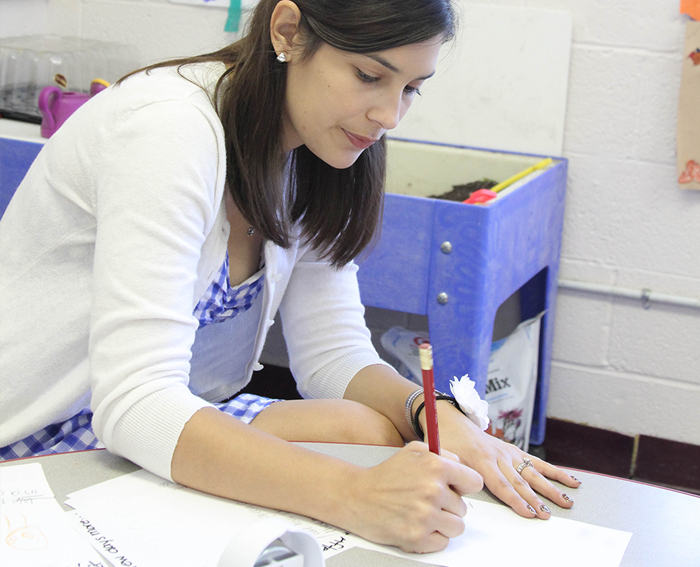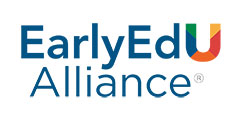Quality Field Experiences

Quality Field Experiences
Opportunities to observe, practice, and reflect upon inclusive teaching strategies is essential for supporting educators in learning how to provide care and instruction for each and every child. The checklist tools below can be used to support supervisors in examining field placements with a specific lens for inclusion.
Materials to use in coursework and lectures

Indicators and Elements of High Quality Inclusion
This document from the Early Childhood Technical Assistance Center and the National Center for Pyramid Model Innovations outlines and defines a set of 9 indicators of high quality inclusion in early childhood care and educational settings.

Supervisors Guide: Member of the Class
This tool, created by the Head Start Center for Inclusion, can be used to guide supervisor’s observations with an intentional focus on inclusive practices and environments.

Expanding your Program's Inclusive Field Placements
This resource includes ideas for how to identify and make initial connections with potential community partners that could serve as field placement sites.

Building Collaborative Partnerships with Community Programs
This resource includes ideas for how you can initiate and maintain reciprocal relationships with field placement sites that honor what each partner can teach each other.

Inclusive Classroom Reflection Tool
This resource is drawn from the 12 Key Practices for High Quality Early Childhood Inclusion, and provides a framework for reflecting on what practices mentor teachers and field placement sites are already using, and potential goals for development. This tool, in combination with the 12 Key Practices for High Quality Early Childhood Inclusion article can be used to foster conversations between programs, instructors, and mentor teachers to help enhance student's opportunities to see inclusive practices in action and create more inclusive spaces for young children.
